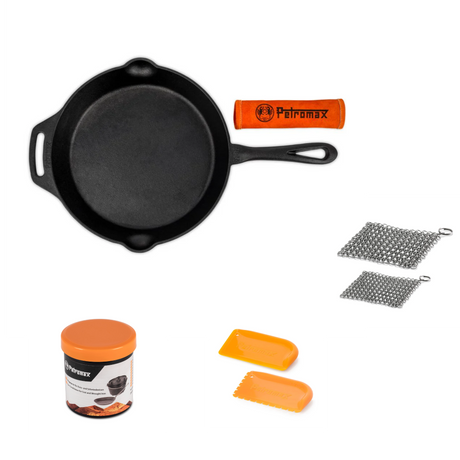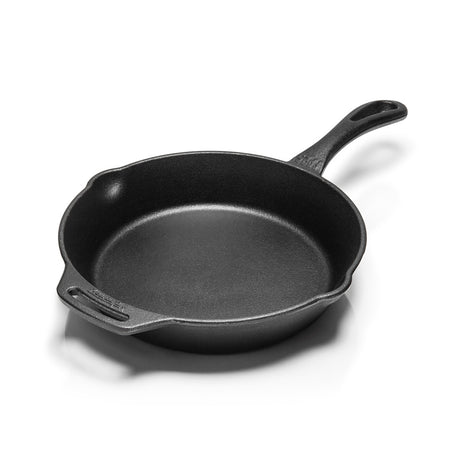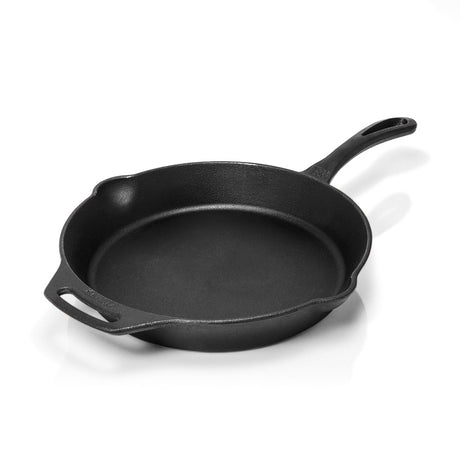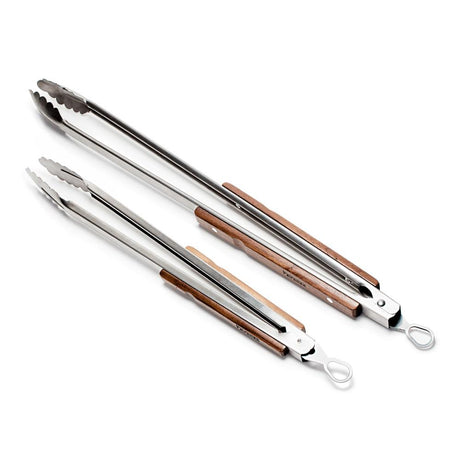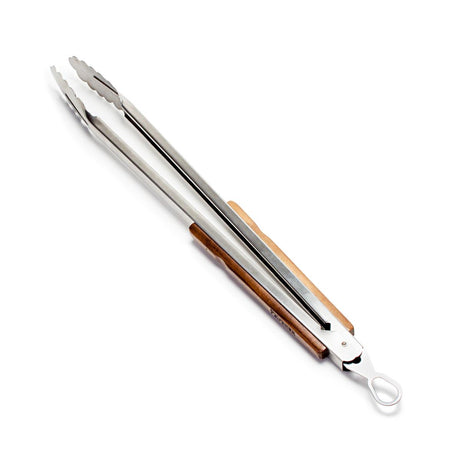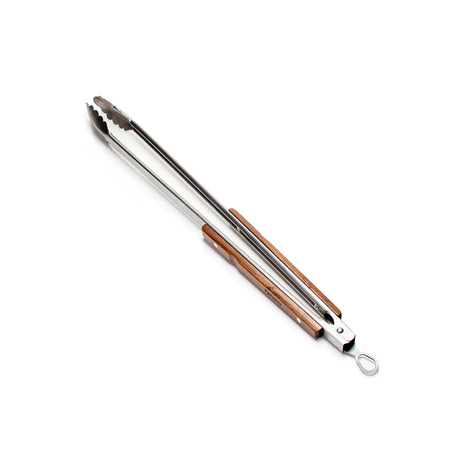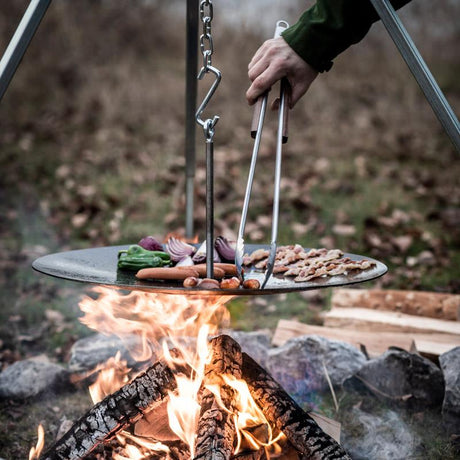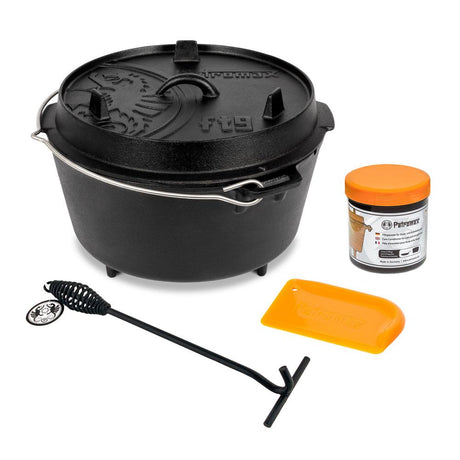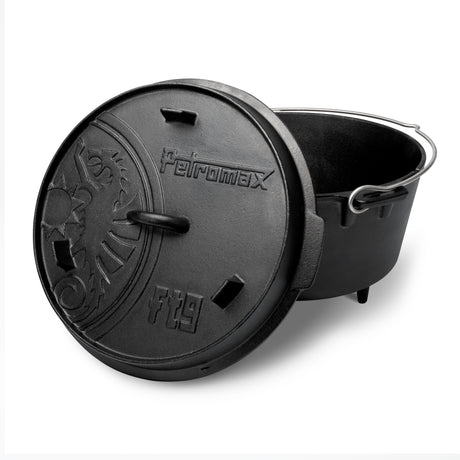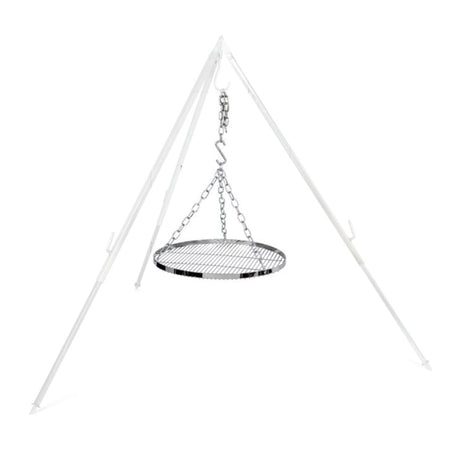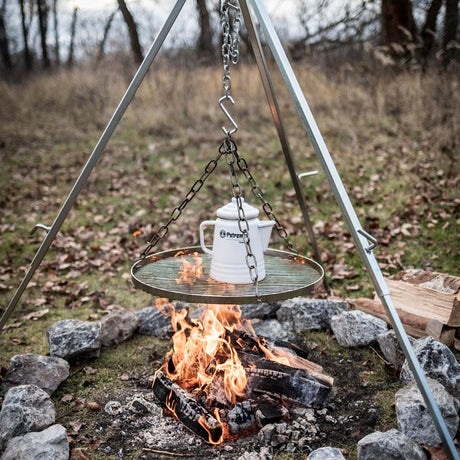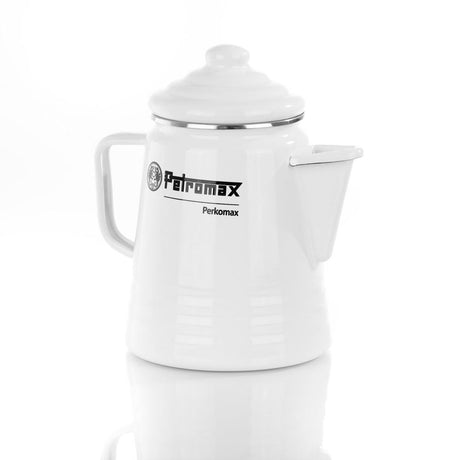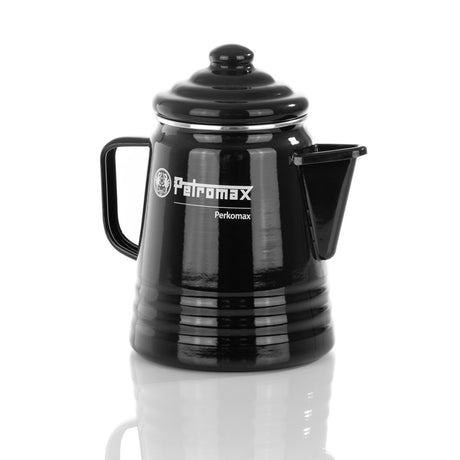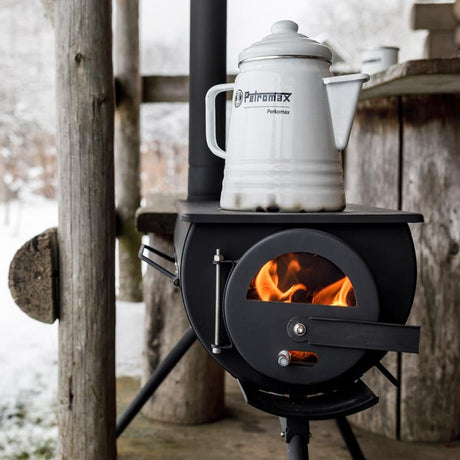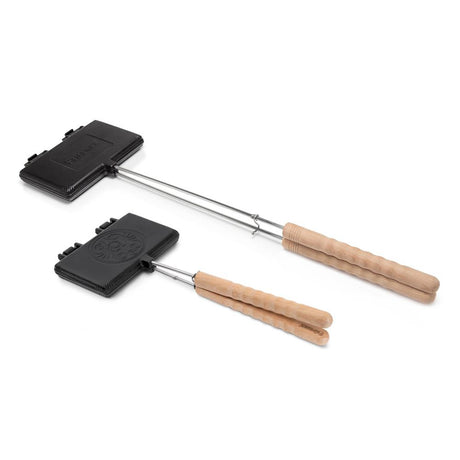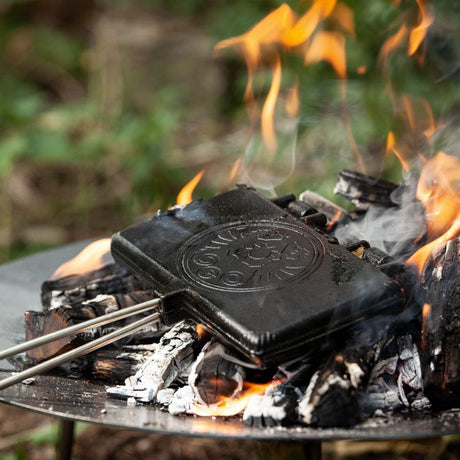Being out in nature, far away from the hustle and bustle of civilization, means freedom, adventure and slowing down. But what if the planned tour suddenly turns into an emergency? If your cell phone has no reception, the weather changes or you get lost? It's important to be prepared for situations like these. With the right survival tips, you can keep a cool head in an emergency and ensure your survival. In this article, you will find out what really matters in extreme situations - practical, clear and straight from the heart of outdoor life.
Table of contents
What are the most important survival tips for emergencies?
How can you find your way without a compass?
How do you build a safe shelter?
How do you make a fire without a lighter?
Which plants are edible and safe?
How do you find clean drinking water?
What to do in case of injury and first aid?
Summary: The most important survival tips
What are the most important survival tips in an emergency?
A sudden change in the weather, an injury or disorientation in the terrain: Emergencies can happen faster than you think. This makes it all the more important to be prepared and set priorities. In the survival world, this is often referred to as the "survival pyramid". It describes the order of the most important factors: protection, water, fire, food. The safety of your body always comes first. Your outdoor equipment should reflect these priorities. A first aid kit, waterproof clothing and a reliable lighter are more important than elaborate cooking equipment.
The right equipment makes all the difference
A small set of well thought-out equipment can be crucial in an emergency. This includes a sharp knife, a fire steel, a water filter or tablets, a first aid kit, paracord and a rescue blanket. These basics should not be missing in any rucksack if you are moving off the beaten track.
Mental strength: your most important tool
Your inner attitude is also crucial in emergencies. Panic is a bad advisor. Instead, a calm, analytical view of the situation will help you. Where am I? What has happened? What do I really need now? These questions help to bring structure to the moment. Survival often has less to do with heroism than with clear thinking and pragmatic action. Because survival begins in the mind. In stressful situations, we tend to make rash decisions. Keep calm and follow the STOP rule:
- Sitdown
- Think
- Observe(observe surroundings)
- Plan
Act immediately: The first steps
Immediately after an emergency, it is important to react quickly and calmly, which is why these first steps are crucial
- Check your physical condition and give yourself first aid
- Seek shelter from the weather immediately
- Mark your location for rescuers
- Ration your resources right from the start
- Stay in one place if possible - movement costs energy
How can you find your way without a compass?
You don't have a compass to hand and the GPS is on strike? No need to despair. Nature offers you numerous clues that you can use to determine the cardinal points and find your bearings - you just have to learn to read them.
Orientation with the sun and stars
The simplest method for determining the direction of the compass is the sun. It rises in the east, is in the south at midday and sets in the west. You can build an improvised sundial with a stick: Stick it vertically into the ground and mark the end of its shadow. After 15 minutes, mark the end of the shadow again. The connecting line points from west to east.
Stars for orientation
At night, the North Star will help you find your bearings. You can find it via the constellation of the Big Dipper: Extend the line connecting the two rear box stars by five times their distance.
The landscape as a guide
Contrary to popular belief, moss does not only grow on the north side of trees. It prefers damp, shady places. Instead, pay attention to the west side of trees - the bark is often rougher here, as the wind usually comes from the west.
Improvised aids for orientation
With a little skill, you can make a simple compass yourself! A needle that you float on a leaf on water will point north after magnetizing it (with a magnet or by rubbing it against hair).
You can find out more about reading a compass in our detailed guide to orientation in nature.
How do you build a safe shelter?
A good shelter can be the difference between life and death in an emergency. This is because wind, rain or cold quickly drain your body of energy. Your aim is therefore to protect yourself as well as possible from the elements.
Choice of location: Safety first
Find a place that is dry, sheltered from the wind and as flat as possible. Avoid hilltops (too windy), avoid hollows (cold and moisture build up). Watch out for rotten branches or the risk of falling rocks.
Your shelter should:
- Be protected from wind and weather
- Be on dry, slightly elevated ground
- Near water, but not in flooded areas
- Offer protection from snow and wind
- Be easy to build with available materials
Types of construction depending on weather and material
Whether a simple pile of leaves, a lean-to with a tarp or a snow pit - which construction method is suitable depends on the weather conditions and materials. The ideal structure is made of branches covered with leaves, bark or moss, which protects against wind and rain and provides good insulation.
Construction methods depending on the situation:
- Lean-to shelter: The simplest shelter. Lean long branches against a fallen tree or between two trees and cover them with smaller branches, leaves or bark.
- Debris hat: Build a basic structure from strong branches and cover it thickly with leaves, grass and other insulating materials. This construction method keeps you particularly warm.
- A-frame shelter: Similar to a tent - two branches leaning diagonally against each other form the roof, which you cover with further material.
Insulation: your warming barrier
Never forget: the cold comes from below! Place a thick layer of branches, leaves or grass under your body. The insulation should be at least as thick as your body is wide. This will prevent the earth from draining your body heat.
Moisture is your enemy - make sure you have a waterproof cover and build a small trench around your shelter to allow rainwater to drain away.
You can find detailed instructions on how to build a bushcraft shelter in our comprehensive guide.
How do you make a fire without a lighter?
A fire means more than just warmth: it provides light, scares off animals and can boil water. If you don't have your lighter with you, there are still ways to create flames. Here is a step-by-step guide to the most important methods.
Step by step to a fire without a lighter
Method 1: Fire drill (bow drill)
What you need:
- A straight, dry branch as a drill
- A board as a base
- A string or strong plant fiber
- A bent branch as a bow
- Tinder material
Step-by-step:
- Cut a V-shaped notch in your fire board
- Attach the drill to the bow with the string
- Place the drill bit in the notch and start drilling with smooth movements
- When smoke rises and black dust forms, continue drilling until embers appear
- Carefully transfer the embers to your tinder nest
- Blow gently until flames appear
Method 2: Striking sparks with flint
If you have flint and steel (or a knife), this method is often quicker:
- Hold the flint close over your tinder material
- Strike the flint with the steel at a 45-degree angle
- The resulting sparks should fall into the tinder
- Blow carefully when the tinder starts to smoulder
Collect tinder materials
Dry tinder material is essential. Good options are:
- Birch bark (burns even when wet)
- Dry grass and moss
- Spruce needles
- Wadding from clothing
- Pine shavings (resin-rich wood)
You can find more natural methods for fire without a lighter in our detailed guide.
Which plants are edible and safe?
If you're outside for a longer period of time, ^^^^^^^^^^^^^^^^^^^^^^^^ will at some point ask you about food. But be careful: not every plant is edible. If you grab them blindly, you run the risk of serious poisoning. In nature, you will find many edible plants that can serve as emergency food. Nevertheless, only collect what you recognize one hundred percent!
Recognize edible plants
- Stinging nettle: Easy to recognize by the burning hairs. Harvested young and cooked, it is a nutritious substitute for spinach. Only collect raw with gloves!
- Dandelion: You're probably familiar with the yellow flowers and toothed leaves. All parts of the plant are edible - the roots can even be roasted and used as a coffee substitute.
- Wood sorrel: The heart-shaped leaves taste sour and fresh. A good source of vitamin C in small quantities.
- Ribwort plantain: The elongated, ribbed leaves are a natural patch and edible. The young leaves in particular have a mild taste.
- Goutweed: The "weed" from the garden is a vitamin C bomb. The tripartite leaves smell like parsley when crushed.
You can find out more about edible wild herbs and how to identify them here.
Avoid dangers
Many plants look harmless, but are poisonous. A warning sign is, for example, bitter milky juice or striking colors. If in doubt: Hands off!
Particularly dangerous are
- Plants with milky sap
- Mushrooms (for experts only!)
- Berries that you don't know
- Plants near roads or industrial areas
Here you will find a list of the most poisonous wild plants that you should avoid at all costs.
Preparation makes all the difference
Not all raw plants are the same: some plants need to be cooked to make their ingredients digestible. Others, such as stinging nettles, only lose their stinging hairs when heated. Cook all collected plants if possible. This makes them more digestible and reduces the risk of parasites or bacteria. Many wild herbs also taste good as tea or can be eaten raw as a salad.
How do you find clean drinking water?
Clean drinking water is your second priority after protection from the weather. The human body can only survive for about three days without water. This makes it all the more important to recognize clean sources and treat water properly.
Natural water sources
- Mountain streams and springs (safest)
- Running water (better than standing water)
- Rainwater (collected directly)
- Dew in the early morning
Avoid still waters or muddy pools! They can be contaminated with germs and bacteria germs and bacteria.
Make water drinkable
Boil it: The safest method. Bring water to a bubbling boil for at least one minute. This kills all dangerous bacteria and most germs.
Improvised water filter:
- Take a plastic bottle or a hollow object
- Poke holes in the bottom
- Layer from bottom to top: Small stones, sand, charcoal, fine sand
- Pour the water through slowly - filter several times!
Important: A filter only removes dirt and sediment, not bacteria! Boil filtered water anyway.
You can find the ultimate guide to safe water treatment in nature here.
Alternative water collection
You can also collect water from plants - for example, by tying plastic bags over green branches. Or you can collect dew in the early morning with a cloth. If you have a way to collect rainwater directly, for example with a tarpaulin, this can also be a great way to get clean drinking water!
What to do in case of injuries and first aid?
A cut, a blister or even a sprain - injuries happen quickly. If you know the basics of first aid is at a clear advantage. Because in the wilderness, even minor injuries can quickly become dangerous. That's why first aid is your top priority - even before shelter or food.
Emergency care for common injuries
Cuts:
- Stop bleeding by applying direct pressure
- Clean the wound (only with clean water!)
- Bandage with clean cloth
- In case of heavy bleeding: apply a pressure bandage
Bruises and sprains:
- Cool immediately (cold water or snow)
- Elevate if possible
- Do not put weight on it
- Headache after a fall: Suspected concussion - keep calm!
Burns:
- Cool immediately with cold water (10-15 minutes)
- Do not use household remedies such as butter
- Dress loosely
- Seek help immediately for extensive burns
Improvised aids from nature
Nature offers you some emergency helpers:
- Ribwort plantain: Chew up the leaves and place them on insect bites or small wounds
- Birch bark: Can be used as a sterile dressing
- Willow bark: Contains salicin (similar to aspirin) - as a tea for headaches
- Moss: Can be used as padding for bandages
Self-protection and prevention
Keep a clear head: panic leads to mistakes. Take a deep breath and act systematically.
Avoid injuries:
- Move slowly and carefully
- Check every step, especially in the dark
- Use poles to feel your way along paths
- Wear sturdy shoes if possible
- Avoid unnecessary risks
Summary: The most important survival tips
Survival in the wilderness is not rocket science if you know the basics. Here is an overview of the most important points:
- Prioritize correctly: First aid and protection from the elements are more important than food. People can survive for weeks without food, but only hours without protection from extreme cold.
- Keep your bearings:You can find your way even without a compass. The sun, stars and natural signposts will help you. If possible, stay in one place and mark your position for rescuers.
- Build a shelter: A warm, dry shelter protects you from hypothermia. The right insulation against the cold ground is crucial.
- Starting a fire: Primitive methods such as the fire drill also work without modern tools. Practice these techniques before your next outdoor adventure!
- Find food: Edible plants can serve as emergency food, but only collect what you recognize one hundred percent. If in doubt, do without.
- Obtain water: Clean drinking water by boiling and filtering is essential for survival. Know the signs of good water sources.
- Protect your health:Knowing first aid can save your life. Even minor injuries can be dangerous in the wilderness.
- Preparation is everything: The best survival training is prevention. Inform others about your route, take communication tools with you and learn these techniques in a safe environment.
With these survival tips, you'll be prepared for most emergencies in the great outdoors. Remember: practice makes perfect. Test these techniques on your next camping trip or outdoor adventure - then you can act calmly and prudently in an emergency.






